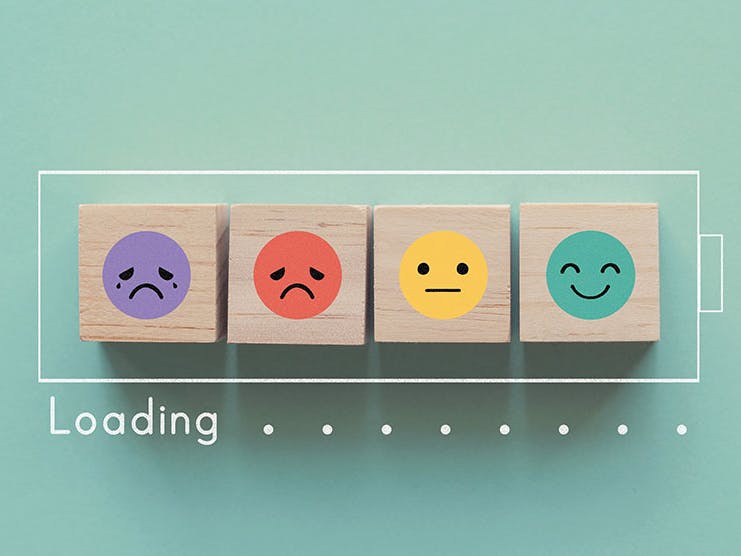
More than one-quarter of Americans deal with some level of incontinence, but help is available!
It’s not the most comfortable conversation topic, but incontinence, or urinary leakage, can unfortunately be a common problem among older adults. It occurs when a person has lost control of their bladder. Sometimes that means the bladder empties completely; other times, it means just a small amount of leakage. Either way, if you have it, it’s distressing – and you want to fix it now!
You might take some comfort in knowing you’re not alone. A quarter to a third of men and women in the U.S. suffer from incontinence, according to the Urology Care Foundation.
You can also take comfort in knowing there are remedies available.
“It may surprise you to learn that urinary incontinence on its own is not a disease. It's a symptom,” Dr. S. Adam Ramin, a Los Angeles-based urologist, told Eat This , Not That. “Some people suffer for years with the symptoms of urinary incontinence, having never gotten to the bottom of what's causing it, simply because they assumed it was something they'd need to 'just deal with.' Nothing can be further from the truth."
Here’s what you should know.
Types of incontinence
There are several types of incontinence, and a person can suffer from more than one type at the same time.
- Stress incontinence occurs when pressure is exerted on your bladder, so activities like running, coughing, sneezing, or laughing can cause potential leakage.
- Urge incontinence happens when you have a sudden urge to urinate, which can be followed by an involuntary release of urine. This can be temporary and caused by something like a urinary tract infection. Or it can be more chronic and caused by conditions like diabetes or an enlarged prostate.
- Functional incontinence is caused by having a medical condition like arthritis that can prevent you from getting to the bathroom in time.
- Overflow incontinence is caused by small amounts of urine frequently leaking because your bladder does not empty completely.
- Mixed incontinence is the term used when someone has more than one type of incontinence.
If you are experiencing urinary leakage, it’s important to talk to your doctor. If you feel uncomfortable bringing it up, remember that millions of other people are dealing with this same issue. Your doctor has seen this problem many times before and can help you figure out the root cause of the condition.
Causes of urinary incontinence
Several factors can trigger temporary incontinence, including urinary tract infections, vaginal infection, medication, or constipation. Diabetes, stroke, high blood pressure, bladder cancer, and smoking are also linked to the condition. Both men and women can experience incontinence, though it affects twice as many women as men.
Both men and women may experience leakage due to
- Overactive bladder muscles
- Nerve damage from diseases like Multiple Sclerosis, Parkinson’s disease, or diabetes
- Conditions like arthritis, which can make it difficult to get to the bathroom in time
For women, urine leakage may be caused by
- Weak pelvic floor muscles or bladder after giving birth
- Menopause
- Pelvic organ prolapse, which means an organ like the bladder or uterus has shifted out of place
Problems with the prostate can also cause incontinence in men.
While there are lots of circumstances that can cause leakage, there are many ways to manage or treat the condition.
Managing urinary incontinence
According to the National Institute on Aging, lifestyle changes, like losing weight, quitting smoking and alcohol, reducing bladder irritants like caffeine, avoiding lifting heavy objects, preventing constipation, and limiting drinks before bedtime can help some types of urinary incontinence.
But for many, lifestyle changes won’t be enough to curb urinary leakage. Various exercises or medication may also be recommended.
The following practices can help combat some incontinence problems:
- Kegel exercises. These pelvic floor exercises strengthen muscles that support the bladder. Learn how to do Kegels here.
- Urgency suppression. “Holding it” allows you to practice controlling a strong urge to go to the bathroom. Squeeze the pelvic floor muscles, distract yourself, and take long, relaxing breaths.
- Setting time. Some people set a time — say, each hour — to go to the bathroom to reduce the urgency to urinate.
If exercises aren’t doing the trick, your doctor may prescribe medical treatments or interventions, including:
- Vaginal estrogen cream, which can help relieve stress incontinence
- Bulking agents, which help to close the bladder opening
- Medical devices, like catheters or a urethral insert, can help to drain or prevent leakage
- Electrical nerve stimulation, which helps to control your reflexes by sending mild electric currents to the nerve around the bladder
- Botox injections, which can help calm the bladder for up to six months when other medications don’t work
If these treatments don’t curb your incontinence, there are a few different surgery options that are available (which are usually seen as a last resort). Talk to your doctor about the best options for you.
Additional Sources
Does Medicare Cover Incontinence Supplies?
Internal Website Link
What Equipment Does Medicare Pay For?
Internal Website Link
Does Urgent Care Take Medicare?
Internal Website Link
Does Medicare Cover Surgery?
Internal Website Link
Speak with a Licensed Insurance Agent
Mon-Fri 8:00am-8:00pm | Sat 9:00am-5:00pm EST



